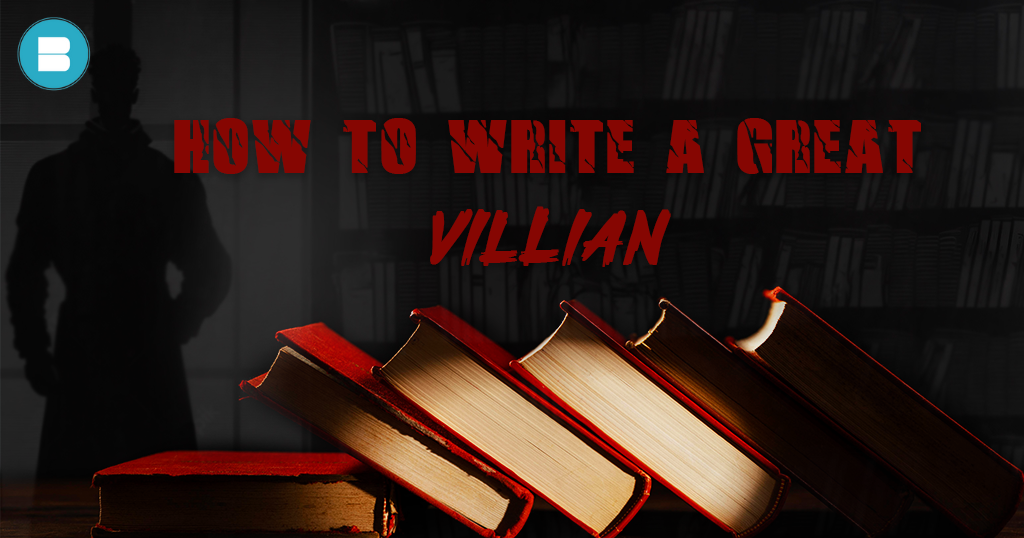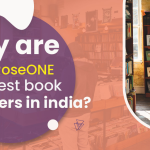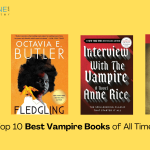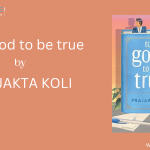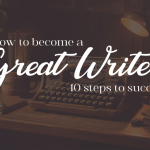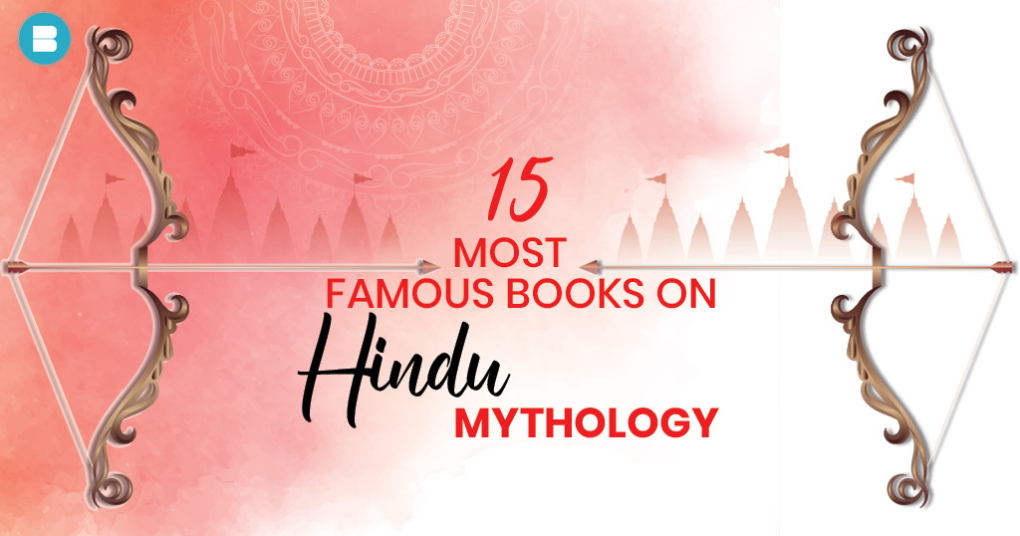A memorable villain may bring dimension, suspense, and interest to a tale. A well-crafted adversary may grab readers and keep them involved throughout the story. In this article, we’ll look at the aspects and tactics that go into creating a great villain. Understanding the skill of designing a captivating adversary is critical to producing a genuinely memorable tale, from exploring their motives and history to creating conflict and giving possibilities for growth.
Here’s a list of points on how to write & create a great villain:
- Recognise the villain’s role
- Backstory and motivation
- Complexity and shades of grey
- Create a strong opposition
- Engage the senses
- Show the villain’s perspective
Recognise the Villain’s Role:
Before delving into the creation of a great villain, it is crucial to understand the role they play in the story. A villain is not merely an obstacle for the protagonist but a driving force for conflict and character development. The antagonist propels the plot forward by challenging the hero’s beliefs, values, and goals. They create obstacles that force the protagonist to confront their weaknesses and evolve.
By recognising the significance of the villain’s role, you can develop a character that adds depth and complexity to your story. The villain serves as a catalyst for the hero’s growth, pushing them to their limits and forcing them to face their fears. They provide the necessary opposition that allows the hero to showcase their strengths and resilience. Without a strong and compelling villain, the hero’s journey would lack tension, excitement, and the opportunity for personal transformation. The villain acts as a mirror through which the hero can discover their true potential.
Backstory and Motivation:
One of the key elements in creating a great villain is developing their backstory and motivations. Understanding why the villain acts the way they do is essential for crafting a believable and intriguing character. Take the time to delve into their past and explore the events, experiences, or traumas that have shaped them. Consider their motivations for opposing the protagonist. Are they driven by a desire for power, revenge, or control? Do they have personal vendettas or ideologies that fuel their actions? By delving into the depths of their backstory, you can unearth the core reasons behind their villainous behaviour. Moreover, it is essential to provide a nuanced and complex backstory that allows readers to empathise with the villain, even if they don’t agree with their choices. Humanising the antagonist through their backstory helps create a more realistic and multi-dimensional character. It adds depth and complexity, making them more than just a one-dimensional embodiment of evil.
Complexity and Shades of Grey:
A compelling villain is rarely purely evil. Instead, they possess layers of complexity and shades of grey in their personalities. Just like real people, villains can have redeeming qualities, conflicting emotions, and internal struggles. By showcasing their vulnerabilities, moments of doubt, or even occasional acts of compassion, you make them more relatable and human. This complexity not only makes the villain more interesting but also allows readers to engage with him on a deeper level. It prompts readers to question their own beliefs and judgements, blurring the lines between good and evil. By humanising the villain, you create a more thought-provoking narrative that challenges the reader’s perception of morality. A multi-dimensional villain also adds an element of unpredictability to the story. They can surprise readers with unexpected actions or decisions, keeping them engaged and intrigued. By defying stereotypes and expectations, the villain becomes a more memorable and compelling character.
Create a Strong Opposition:
A great villain is not only a source of conflict for the protagonist but also presents a formidable challenge. They should possess strengths and abilities that match or even surpass those of the hero. By doing so, the villain becomes a worthy adversary, raising the stakes and intensifying the tension in the story. Consider the ways in which your villain can directly oppose the protagonist’s goals, beliefs, or values. This opposition can be manifested through physical strength, intelligence, strategic planning, or manipulation. The more formidable the villain, the more the hero’s journey becomes arduous and compelling. The conflict between the two becomes a central driving force, captivating readers and keeping them invested in the outcome.
Engage the Senses:
To make your villain truly memorable, it is important to engage the senses in their descriptions. Instead of simply stating their physical appearance, delve into their mannerisms, voice, and overall presence. Use vivid and evocative language to create a strong visual image in the reader’s mind. Consider how the villain sounds when they speak. Is their voice deep and menacing or smooth and charismatic? Do they have a distinct accent or way of speaking that sets them apart? Describing their voice can add an extra layer of personality and impact to the character. In addition to sound, explore the other senses. What does the villain smell like? Do they have a distinct scent that is associated with their presence? How do they move? Do they have a distinctive gait or gestures that convey power, grace, or menace? Engaging the senses in the description of the villain helps to create a strong and memorable impression, making it more vivid in the reader’s imagination.
Show the Villain’s Perspective:
To create empathy and a deeper understanding of the antagonist, it is important to provide glimpses into their perspective. While readers may not agree with their actions or motivations, offering insights into their worldview helps to create a more complex and engaging narrative. Allow the villain to express their beliefs, fears, or justifications for their actions. This doesn’t mean justifying their evil deeds, but rather showing the underlying reasons or motivations behind their choices. By delving into their perspective, you humanise the villain and make them more than a one-dimensional embodiment of evil. This complexity adds depth and richness to the story, encouraging readers to question their own beliefs and judgements. By showing the villain’s perspective, you also create opportunities for conflict within the reader themselves. It prompts them to question their own values and consider the grey areas between right and wrong. This engagement and internal debate can lead to a more thought-provoking and memorable reading experience.
Here is an example of 5 best villains in the world of literature:
- Professor Moriarty: Professor Moriarty is a brilliantly sinister character and the ultimate nemesis of Sherlock Holmes. As a criminal mastermind, Moriarty uses his exceptional intellect and mathematical genius for nefarious purposes. He operates behind the scenes, orchestrating complex criminal activities and manipulating others to further his own sinister agenda. Moriarty represents the embodiment of Holmes’ intellectual equal, challenging him in ways no other adversary can. Their epic battle of wits captivates readers as they witness the clash between the detective’s deductive prowess and the villain’s calculating mind.
- Lord Voldemort: Lord Voldemort is the central antagonist in the beloved Harry Potter series. He is a dark and malevolent wizard who becomes obsessed with power and immortality. Voldemort’s reign of terror and his quest to eliminate anyone standing in his way pose a grave threat to the wizarding world. J.K. Rowling masterfully crafts a villain who embodies pure evil, while exploring themes of fear, prejudice, and the power of love. Voldemort’s character arc and his chilling presence throughout the series make him one of literature’s most iconic and unforgettable villains.
- Sauron: Sauron is the primary antagonist in J.R.R. Tolkien’s epic fantasy trilogy, “The Lord of the Rings.” He is a malevolent entity and the Dark Lord of Mordor, driven by a relentless desire to dominate Middle-earth. Sauron seeks to wield the power of the One Ring, a source of immense power and corruption. Through his armies and dark magic, he wages war against the free peoples of Middle-earth. Sauron represents the embodiment of evil and serves as a symbol of the struggle between good and evil in Tolkien’s richly imagined world.
- Nurse Ratched: Nurse Ratched is a formidable and oppressive figure in Ken Kesey’s novel, “One Flew Over the Cuckoo’s Nest.” She is a symbol of authority and control within a mental institution, using manipulation and abuse to maintain her dominance over the patients. Nurse Ratched embodies a cold and calculated form of power, suppressing individuality and enforcing conformity. Her character represents the oppressive forces that stifle freedom and autonomy, and she serves as a catalyst for the protagonist’s rebellion against the dehumanizing aspects of institutional authority.
- Iago: Iago is one of William Shakespeare’s most memorable villains, appearing in the tragedy “Othello.” He is a master manipulator who preys upon the insecurities and weaknesses of others, particularly Othello. Through deception and psychological manipulation, Iago plants seeds of jealousy and distrust in Othello’s mind, leading to tragic consequences. Iago’s motivations remain enigmatic, but his cunning and Machiavellian nature make him a captivating and complex antagonist. Shakespeare delves into themes of jealousy, betrayal, and the destructive power of manipulation through Iago’s character, leaving a lasting impact on readers.
Conclusion:
Crafting a great villain requires careful consideration and attention to detail. By understanding their role, motivations, and complexity, you can create an antagonist that adds depth and tension to your story. A compelling villain challenges the protagonist, drives the plot forward, and keeps readers captivated. Take the time to develop your villain with care, and you’ll create a character that will linger in readers’ minds long after they’ve turned the last page. Embrace the art of writing a great villain, and watch your story come to life with vibrant conflict and unforgettable characters.
Publish your book with BlueRoseONE and become a bestselling author. Don’t let your dream of becoming an author fade away, grab the opportunity now and publish your book – be it fiction, non fiction, poetry or more.
Happy writing and publishing!

